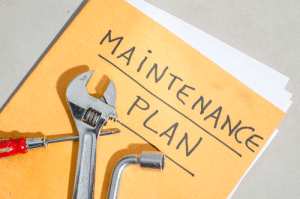For most homeowners, figuring out the plumbing in their homes is a confusing task. You have a wide variety of pipes going in many different directions. What's worse, if you get something wrong when working with your plumbing, you have to deal with water — or worse — spraying everywhere.Knowing a little about the pipes that you're looking at can take some of the confusion out of your plumbing. Here's a list of the most common types of pipes and what they're used for:
Cast iron pipes. This type of pipe used to be used for drains and vents and is still found in older homes. Cast iron tends to rust easily, but often the rust is just on the surface. Cast iron is a durable material that can last for many years.
Galvanized steel pipes. Like cast iron, these pipes are found in older homes and were typically used for drains. They have one downside: they don't last as long as some of the other choices available today.
ABS. This type of pipe is one of the early plastic pipes. ABS pipes are black and used for drains and vents. Because they often came loose at joints, they no longer meet code for new construction in many areas.
PVC. This type of pipe is the most common type used for drains and vents today. Specific kinds of PVC are usable for supply lines, but it is a good idea to check with your plumbing contractor to make sure you're using a type that meets building codes for your area. PVC is white plastic, extremely durable, lightweight, and inexpensive. They typically have the diameter of the pipe stamped on the side.
Copper pipes. Typically used for water lines, there's either rigid or flexible copper lines.
PEX. PEX is a flexible plastic that's used for water lines. It is very versatile and comes in different colors, allowing you to assign different colors of pipe to your hot and cold water lines.
For more answers to your questions about the plumbing in your Broken Arrow-area home, contact Air Assurance today.
Our goal is to help educate our customers in the Tulsa and Broken Arrow, Oklahoma area about energy and home comfort issues (specific to HVAC systems). Credit/Copyright Attribution: “fran1/pixabay”






